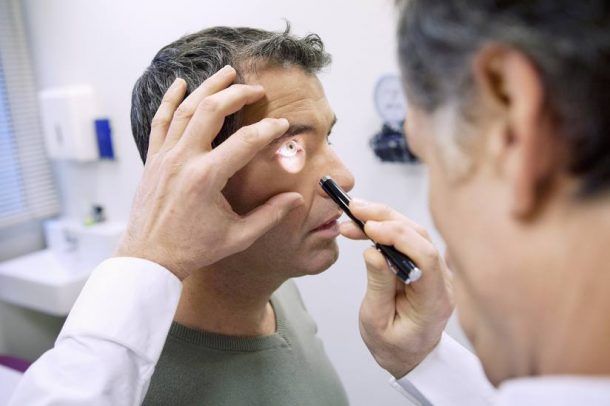An Australian research team are considering the benefits of “trying to land” an asteroid on earth for mining possibilities.
State broadcaster China Central Television (CCTV) and Tencent Research surveyed 8.000 respondents on their attitudes toward AI as part of CCTV’s China Economic Life Survey. The results show that 76.3 per cent see certain forms of AI as a threat to their privacy, even as they believe that AI holds much development potential and will permeate different industries. About half of the respondents said that they believe AI is already affecting their work life, while about a third see AI as a threat to their jobs.
A China Central Television and Tencent Research survey found that three in four respondents are worried about the threat that artificial intelligence poses to their privacy.
A research team composed of scientists from the Institute of Bioengineering and Nanotechnology (IBN) of the Agency for Science, Technology and Research (A*STAR) and IBM Research has produced a new synthetic molecule that can target and kill five multidrug-resistant bacteria. This synthetic polymer was found to be non-toxic and could enable entirely new classes of therapeutics to address the growing problem of antibiotic-resistant superbugs.
The synthetic molecules are called guanidinium-functionalized polycarbonates and were found to be both biodegradable and non-toxic to human cells. Essentially, the positively-charged synthetic polymer enters a living body and binds specifically to certain bacteria cells by homing in on a microbial membrane’s related negative charge. Once attached to the bacteria, the polymer crosses the cell membrane and triggers the solidification of proteins and DNA in the cell, killing the bacteria.
Intelligent Machines
The elderly may toss their walkers for this robotic suit.
An early prototype of a soft exoskeleton that helps you walk could prove useful for the military and the aging population.
When you’re trying to figure out what alien life might look like, it makes sense to be looking in the most extreme environments Earth has available.
One such place where life has been found to thrive is three kilometres (1.86 miles) beneath the ground, the home of one of the strangest lifeforms we know: the bacterium Desulforudis audaxviator.
It lives in complete dark, in groundwater up to 60 degrees Celsius (140 Fahrenheit) — an environment devoid of sunlight, oxygen or organic compounds.
We know this dip should be found in the radiowave part of the electromagnetic spectrum, at a wavelength of 21cm.
Challenging measurement
This was all predicted by theory. But in practice, the signal is extremely challenging to find. This is because it overlaps with many other signals in this region of the spectrum which are much stronger – such as common frequencies on the FM radio dial and radio waves from other events in our galaxy. The reason the team eventually succeeded was partly down to the experiment’s sensitive receiver and small antenna, which lets you cover a large area of the sky more easily.
Eye-drops that can repair the corneas and can improve the short and long sightedness have been developed by a team of Ophthalmologists at Shaare Zedek Medical Center and Bar-Ilan University’s Institute of Nanotechnology and Advanced Materials. The solution of nanoparticles called the ‘nanodrops’ was successfully tested on a pig’s cornea. Clinical trials are expected to be carried out later this year. If the clinical trials on humans are successful, it is expected that the need of eyeglasses will be eliminated.
The leader of the research team, Dr. David Smadja, said that the eye-drops can bring a revolution in ophthalmological and optometry treatment of patients who are suffering from myopia, hyperopia and other refractory conditions. The revolutionary breakthrough in the field was revealed by Dr. Smadja at Shaare Zedek’s second biennial research day, which was held at Steinberg Auditorium in Jerusalem. He said that the nano drops can also be used to replace multifocal lenses and allow people to see objects from different distances. Smadja said, “This is a new concept for correcting refractory problems.” However, he didn’t mention the times of applications which will replace the need for the glasses completely.
